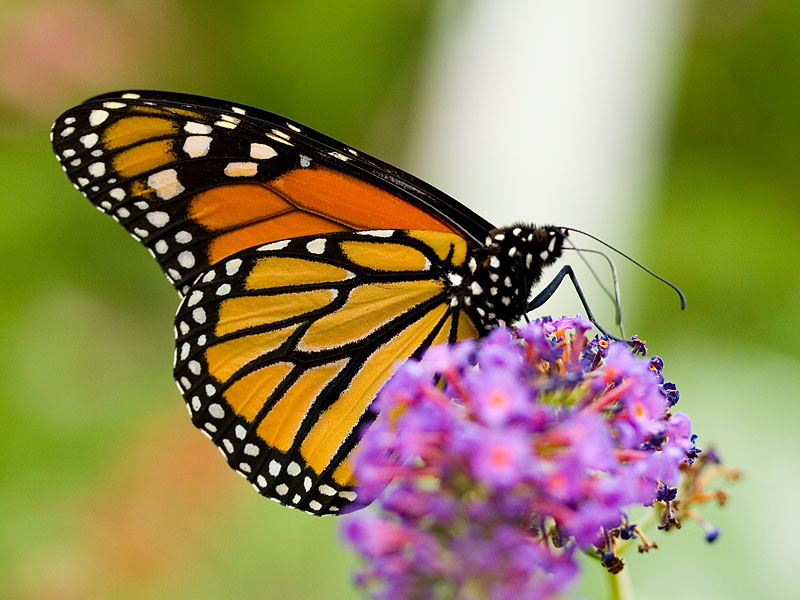Reproduction
The flowers of Rhododendron ponticum attract bees, hoverflies, and butterflies. These insects pollinate the flowers which can then produce between three and seven thousand seeds. When the average number of flowers per bush is taken into account, each bush can produce several million seeds every year. The seeds produced are then spread by either wind or water, and they can be carried up to 100 meters away from the bush.
These seeds are a very important part to the success of Rhododendron ponticum. Since the flowers produce so many seeds, it helps the species to quickly spread and succeed. Also, the seeds can be dormant for several years and still be viable.
Rhododendron ponticum
goes through an alteration of generations. This means that there is
both a diploid (2N) and a haploid (N) multicellular stage. Haploid refers to
having one set of chromosomes while diploid refers to having two
sets of chromosomes.

1. During this process, the diploid sporophyte goes
through meiosis and produces haploid spores.
a. In the flower’s male
parts, called the
anthers,
are microsporocytes which
are diploid. The
microsporocytes (2N) go
through meiosis and
produce microspores (N).
b. The flower’s female
parts are carpels which
include the stigma,
style,
ovary, and ovule. Inside
the ovule is a
megasporocyte which is
diploid. The
megasporocyte (2N) goes
through meiosis to
produce megaspores (N).
2. The spores then undergo mitosis and grow into haploid
gametophytes.
a. In the male parts, the
microspores (N) go
through
mitosis to produce the
microgametophyte (N).
b. In the female parts,
the megaspore (N) goes through mitosis to produce the
megagametophyte (N).
· Sperm (N) come from the microgametophyte (N).
· The egg (N) comes from the megagametophyte (N).
3. The gametes (sperm and egg) then fuse together during
fertilization to produce a diploid zygote.
4. The cycle completes when then zygote undergoes mitosis and grows
into a diploid sporophyte, and the process repeats.
.jpg)